First penis transplant performed in the U.S.


Last week, Thomas Manning underwent the first penis transplant in the United States, with a dozen surgeons and 30 other medical personnel at Massachusetts General Hospital spending 15 hours replacing Manning's penis with one from a dead donor. Manning, 64, had a partial penectomy in 2012 after doctors discovered an aggressive form of penis cancer, and he told The New York Times on Friday that he has hardly experienced any pain from the operation. "I want to go back to being who I was," he said.
This is the third known penis transplant in the world, following an unsuccessful 2006 procedure in China and a successful operation in South Africa in 2014. Manning is a bank courier, but doctors say they are motivated to perfect the procedure to help wounded veterans. According to Pentagon figures, 1,367 military service members suffered genitourinary injuries in Iraq and Afghanistan between 2001 and 2013, and some of those men lost at least some of the penis. Suicide rates are high among this group. "They're 18- to 20-year-old guys, and they feel they have no hope of intimacy or a sexual life," said Dr. Curtis L. Cetrulo, a reconstructive surgeon and a leader of Manning's surgical team. "They can't even go to the bathroom standing up."
Johns Hopkins University School of Medicine is also preparing to perform penis transplants, with an Afghanistan veteran on the waiting list. The Pentagon told The New York Times it "does not like to have wounded warriors undergo unproven techniques — i.e., they do not want them to be 'guinea pigs,' as they have already sacrificed so much." If all goes well with Manning, he should be able to urinate normally in a few weeks, and have restored sexual function in weeks to months, Certulo says.
The Week
Escape your echo chamber. Get the facts behind the news, plus analysis from multiple perspectives.

Sign up for The Week's Free Newsletters
From our morning news briefing to a weekly Good News Newsletter, get the best of The Week delivered directly to your inbox.
From our morning news briefing to a weekly Good News Newsletter, get the best of The Week delivered directly to your inbox.
A free daily email with the biggest news stories of the day – and the best features from TheWeek.com
Peter has worked as a news and culture writer and editor at The Week since the site's launch in 2008. He covers politics, world affairs, religion and cultural currents. His journalism career began as a copy editor at a financial newswire and has included editorial positions at The New York Times Magazine, Facts on File, and Oregon State University.
-
 Russia’s ‘weird’ campaign to boost its birth rate
Russia’s ‘weird’ campaign to boost its birth rateUnder the Radar Demographic crisis spurs lawmakers to take increasingly desperate measures
-
 Could smaller cars bring down vehicle prices?
Could smaller cars bring down vehicle prices?Today’s Big Question Trump seems to think so, but experts aren’t so sure
-
 2025’s most notable new albums
2025’s most notable new albumsThe Week Recommends These were some of the finest releases of the past year
-
 Son arrested over killing of Rob and Michele Reiner
Son arrested over killing of Rob and Michele ReinerSpeed Read Nick, the 32-year-old son of Hollywood director Rob Reiner, has been booked for the murder of his parents
-
 Rob Reiner, wife dead in ‘apparent homicide’
Rob Reiner, wife dead in ‘apparent homicide’speed read The Reiners, found in their Los Angeles home, ‘had injuries consistent with being stabbed’
-
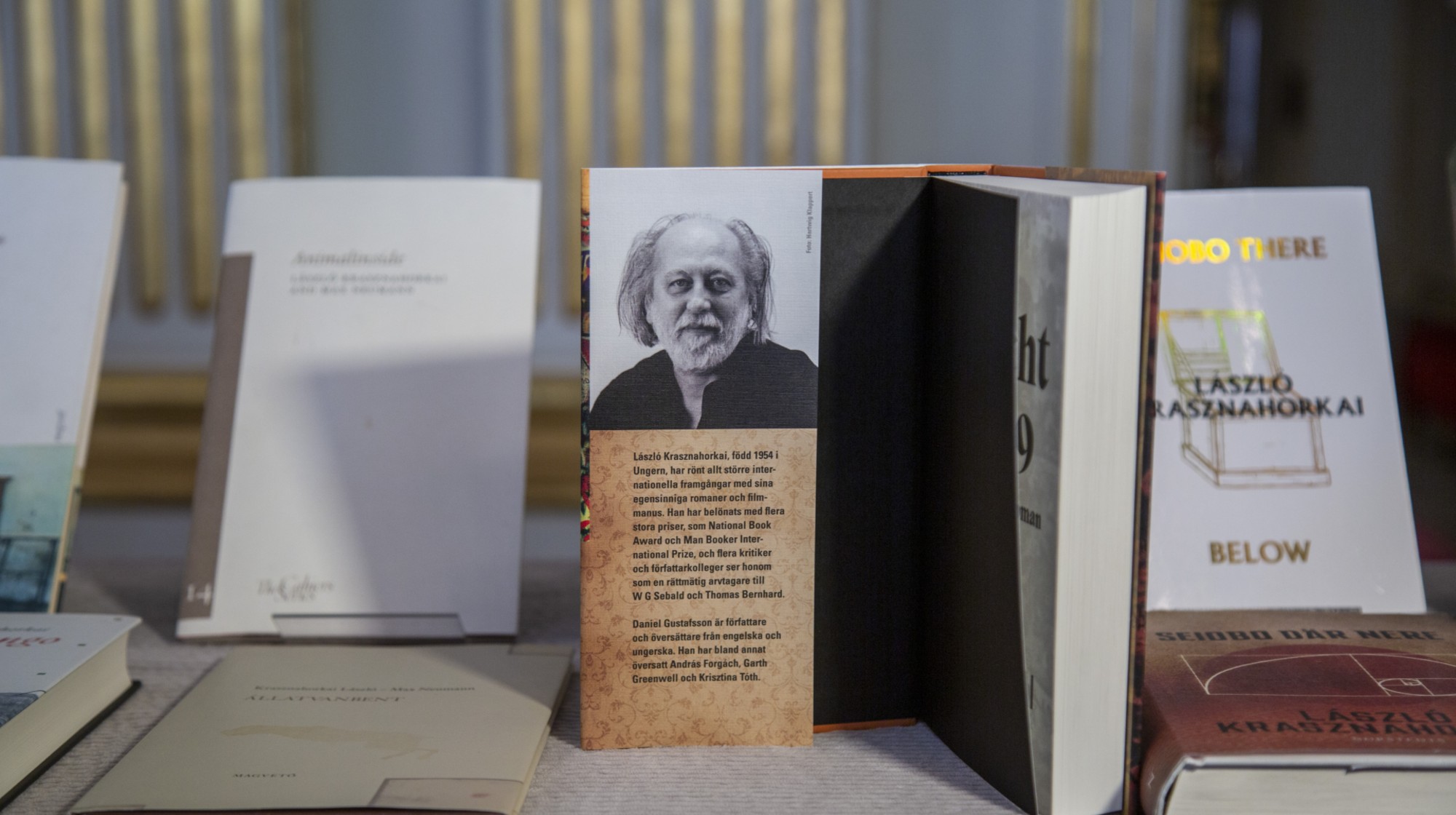 Hungary’s Krasznahorkai wins Nobel for literature
Hungary’s Krasznahorkai wins Nobel for literatureSpeed Read László Krasznahorkai is the author of acclaimed novels like ‘The Melancholy of Resistance’ and ‘Satantango’
-
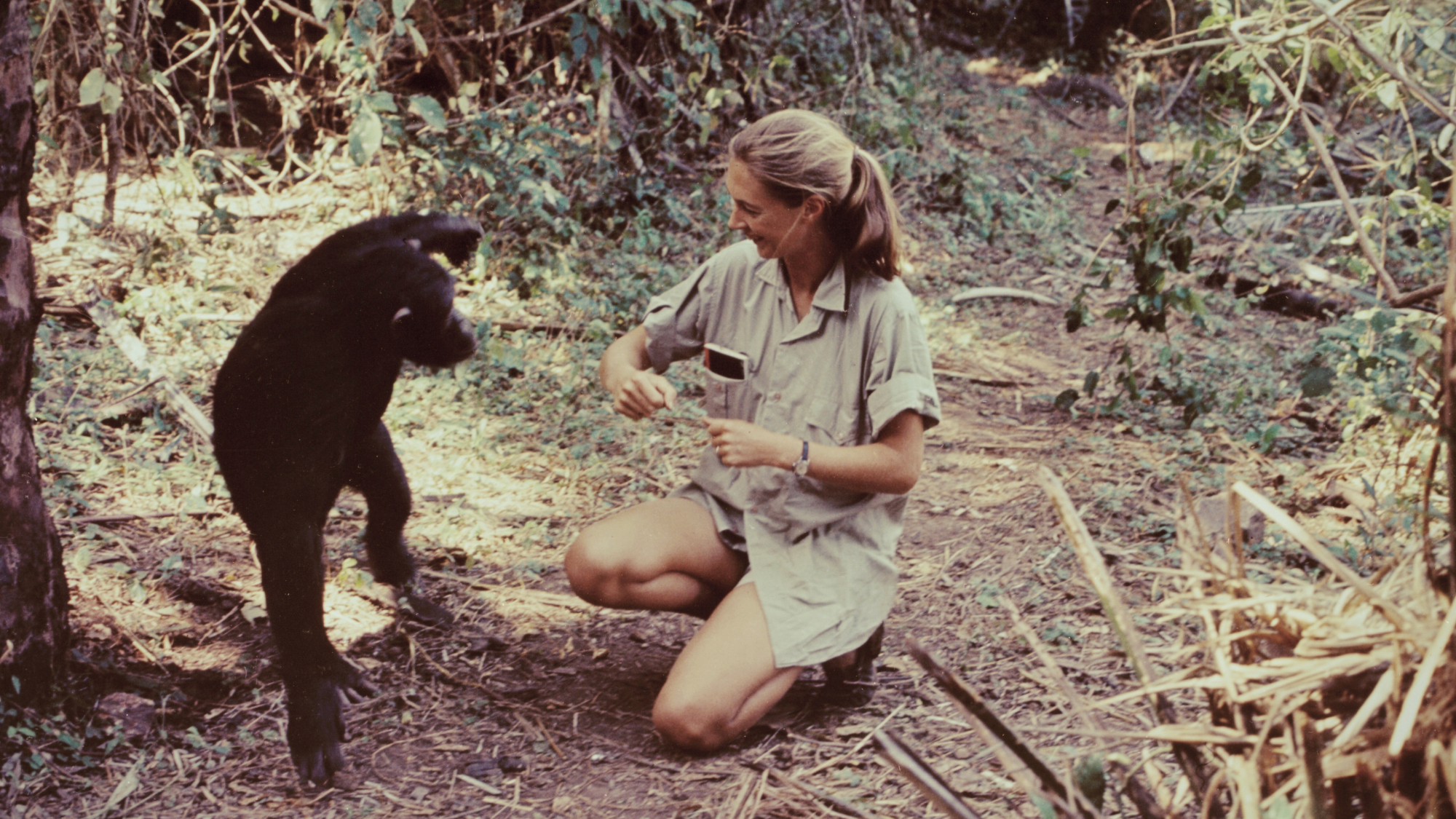 Primatologist Jane Goodall dies at 91
Primatologist Jane Goodall dies at 91Speed Read She rose to fame following her groundbreaking field research with chimpanzees
-
 Florida erases rainbow crosswalk at Pulse nightclub
Florida erases rainbow crosswalk at Pulse nightclubSpeed Read The colorful crosswalk was outside the former LGBTQ nightclub where 49 people were killed in a 2016 shooting
-
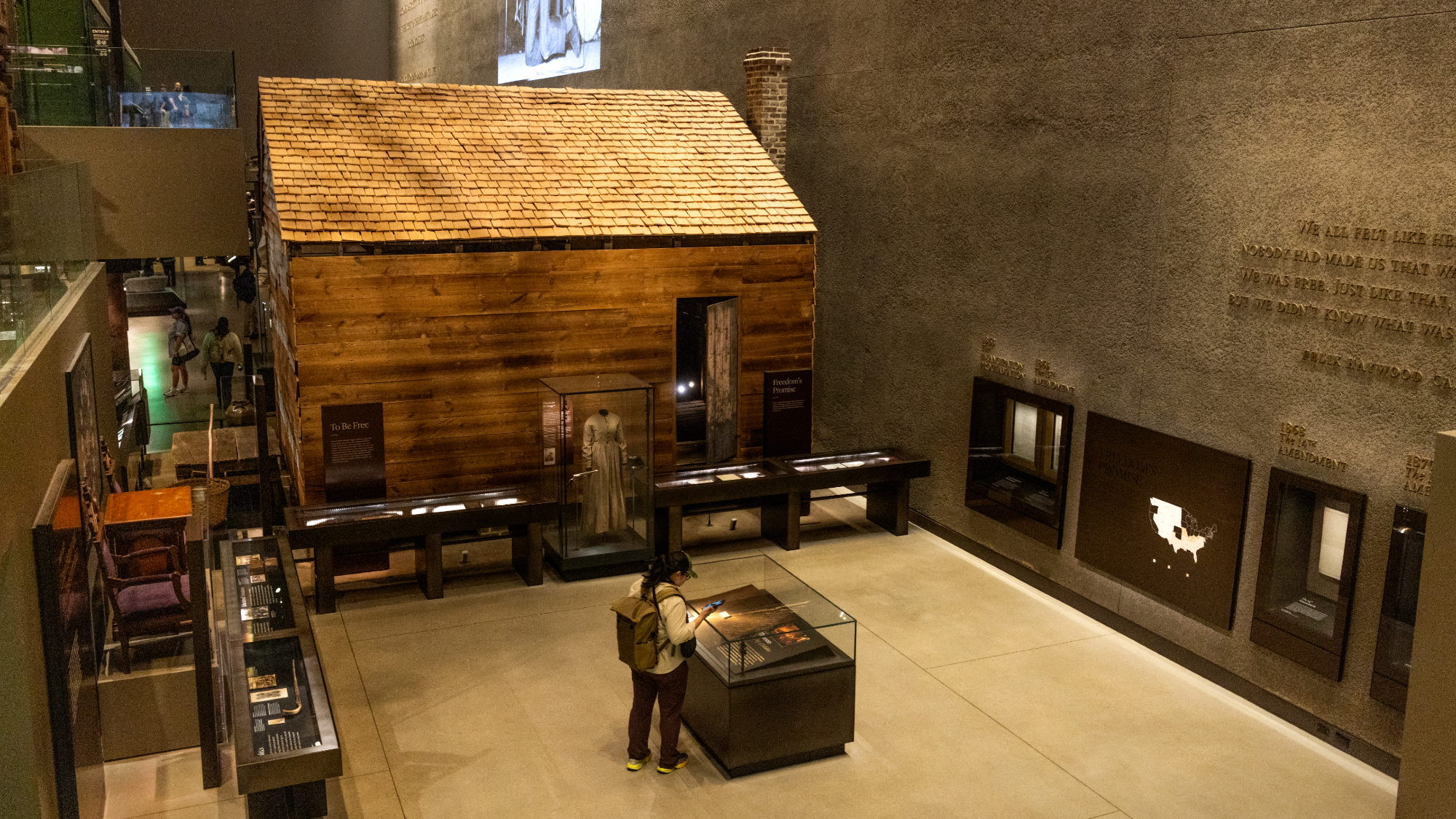 Trump says Smithsonian too focused on slavery's ills
Trump says Smithsonian too focused on slavery's illsSpeed Read The president would prefer the museum to highlight 'success,' 'brightness' and 'the future'
-
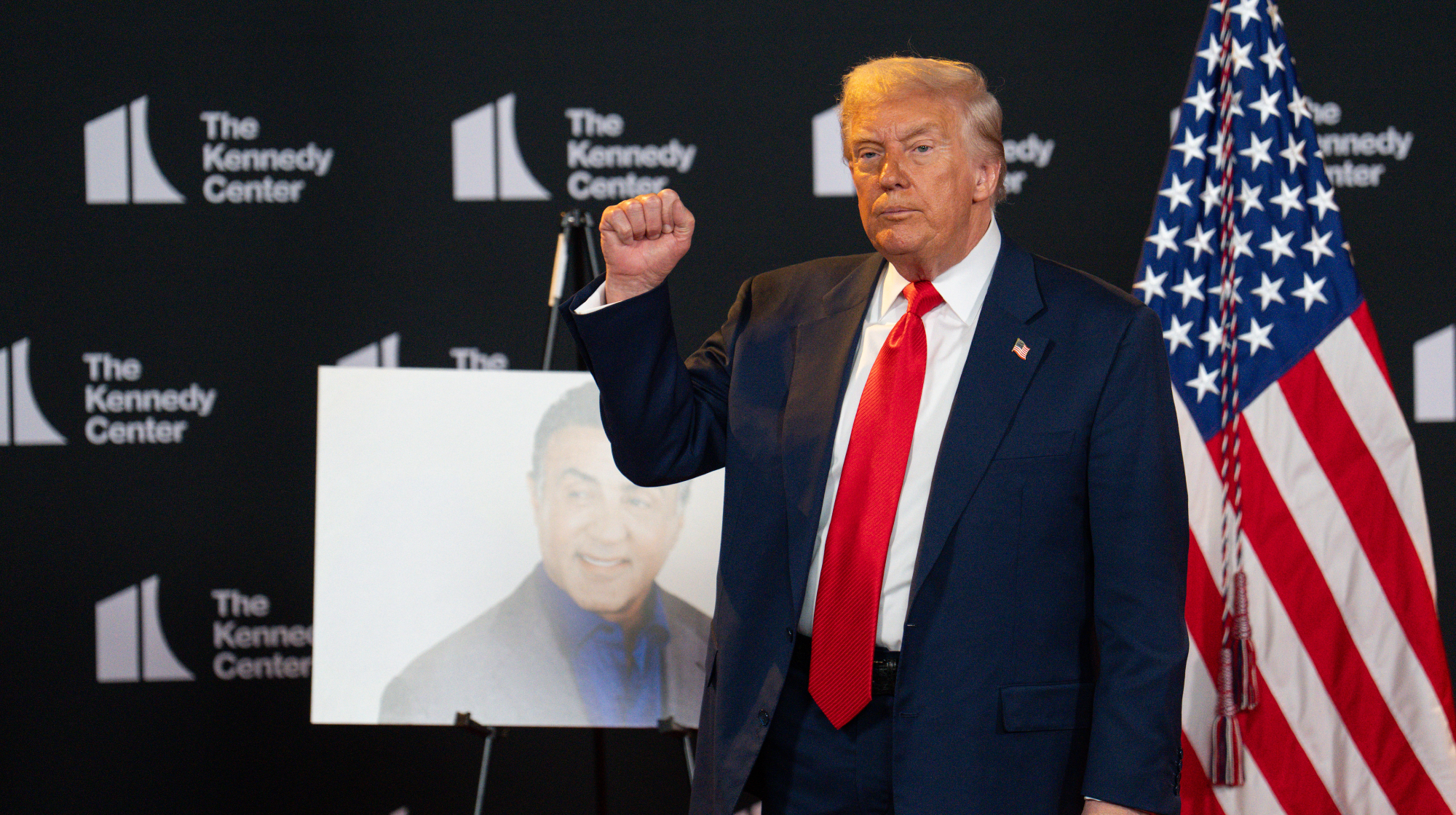 Trump to host Kennedy Honors for Kiss, Stallone
Trump to host Kennedy Honors for Kiss, StalloneSpeed Read Actor Sylvester Stallone and the glam-rock band Kiss were among those named as this year's inductees
-
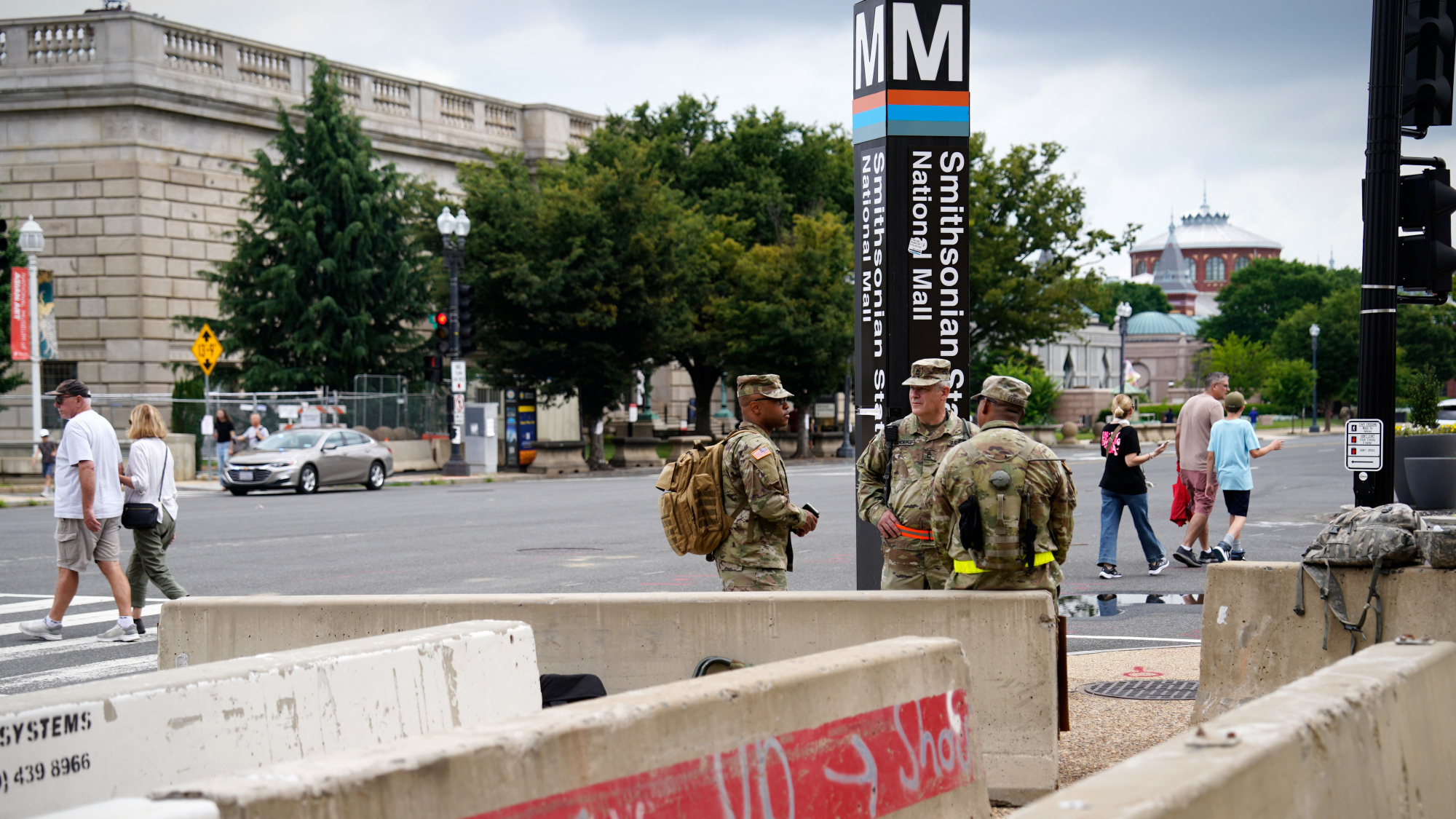 White House seeks to bend Smithsonian to Trump's view
White House seeks to bend Smithsonian to Trump's viewSpeed Read The Smithsonian Institution's 21 museums are under review to ensure their content aligns with the president's interpretation of American history
